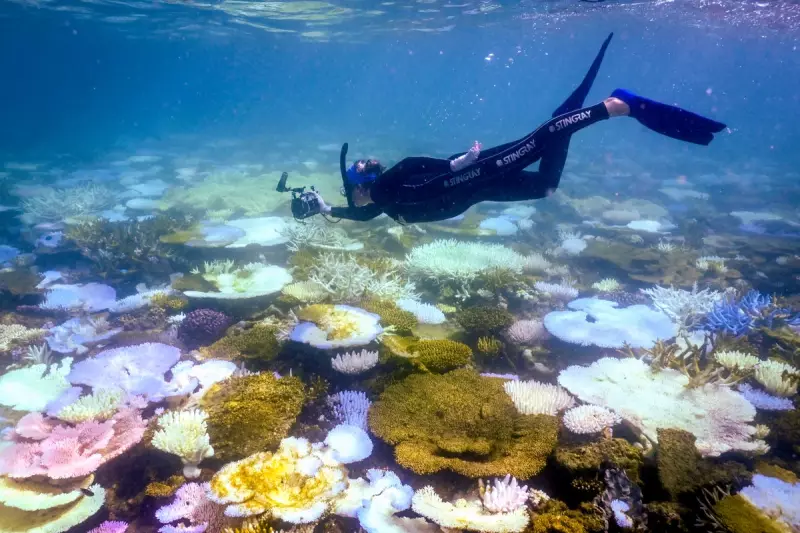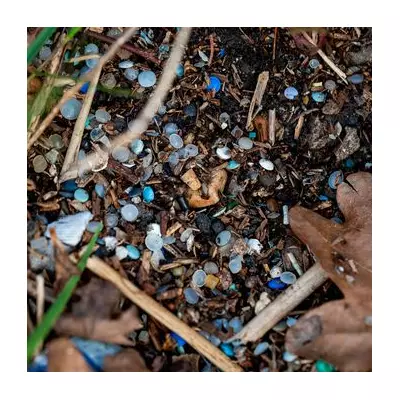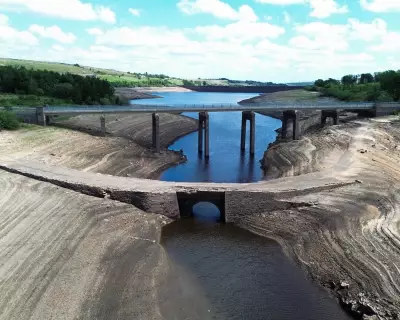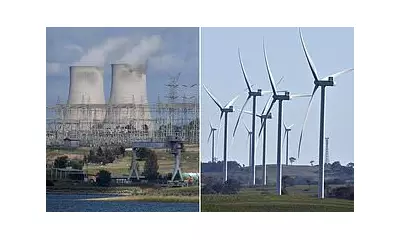
The Great Barrier Reef is experiencing its most severe mass bleaching event in recorded history, according to marine scientists. Satellite data and aerial surveys reveal extensive damage across the reef system, with coral mortality rates reaching alarming levels in some areas.
Unprecedented Thermal Stress
Rising sea temperatures caused by climate change have subjected the reef to prolonged thermal stress, triggering widespread coral bleaching. When water temperatures remain too high for extended periods, corals expel the symbiotic algae that provide their colour and nutrients, leaving them vulnerable to starvation and disease.
Key Findings:
- Over 90% of surveyed reefs show signs of bleaching
- Southern sections previously spared now affected
- Recovery periods between events shrinking dramatically
Ecological and Economic Impacts
The Great Barrier Reef supports extraordinary biodiversity, housing about 25% of all marine species despite covering just 0.1% of the ocean floor. Its decline threatens countless marine organisms that depend on coral ecosystems for survival.
Economically, the reef generates approximately AU$6 billion annually through tourism and supports 64,000 jobs. Continued degradation could devastate coastal communities in Queensland that rely on reef-related industries.
Scientific Warnings
Marine biologists emphasise that while bleached corals can recover if conditions improve, frequent bleaching events leave insufficient time for regeneration. "We're seeing mortality rates that suggest some reefs may never fully recover," noted one researcher studying the phenomenon.
Experts warn that without immediate, substantial reductions in greenhouse gas emissions, the reef's ecosystem could collapse entirely within decades. The current event marks the fifth mass bleaching occurrence since 2016, with each incident more severe than the last.





